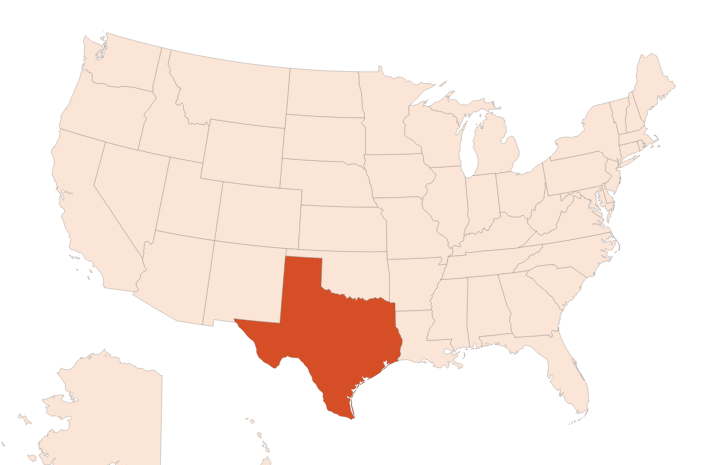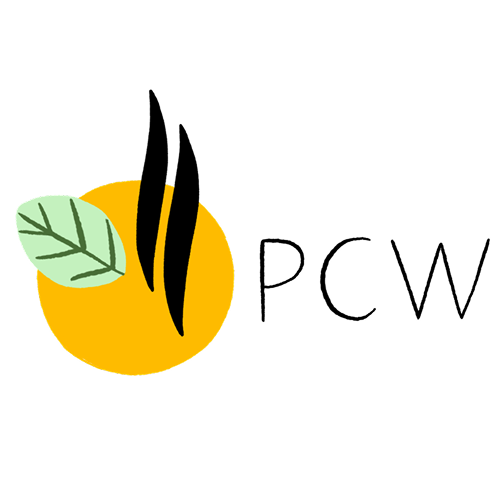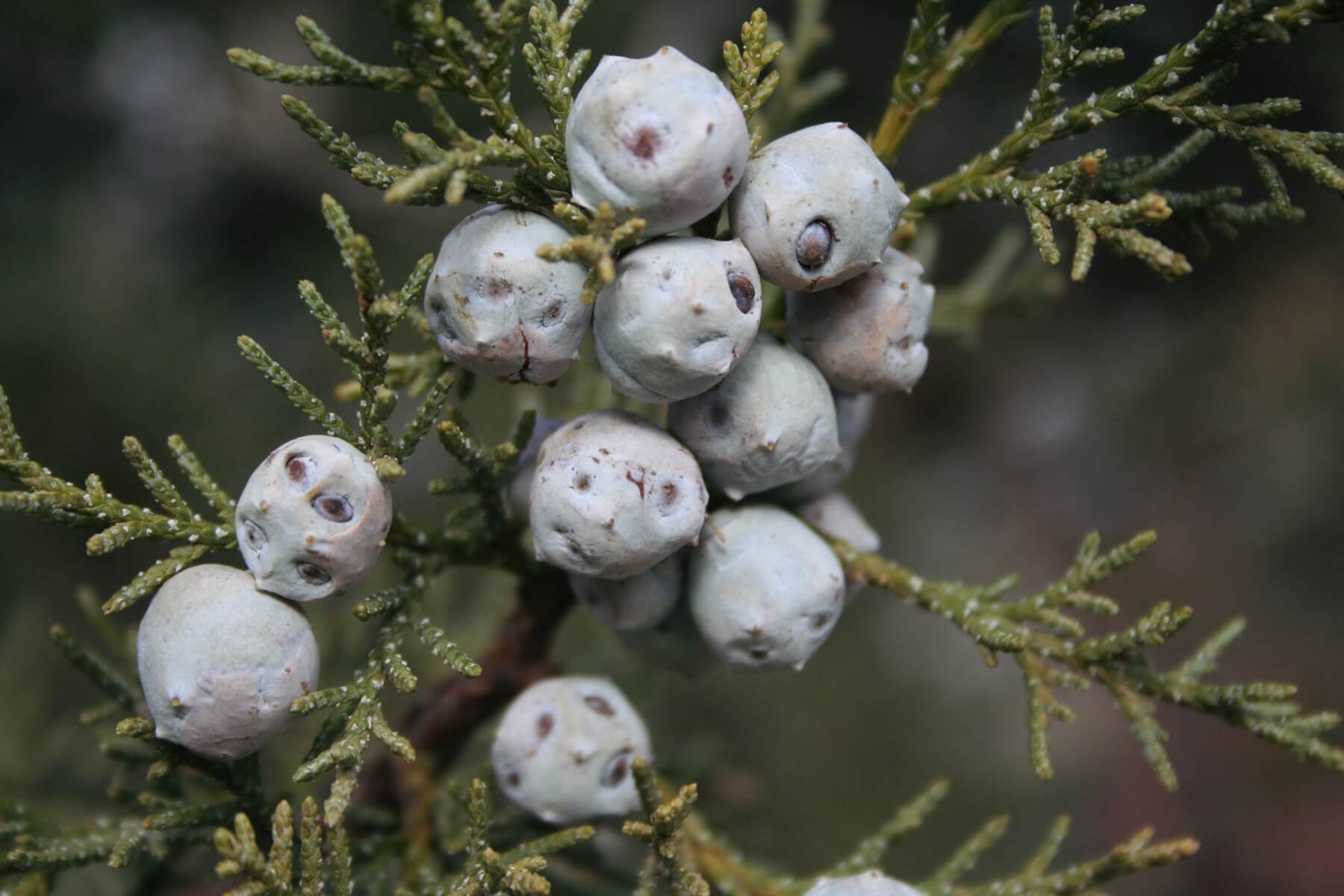| Company | Ingredient Name | ID | Comments | Naturality | Certifications | MOQ | Latin name | Treated part | Geographical origin |
|---|---|---|---|---|---|---|---|---|---|
|
|
CEDARWOOD TEXAS EO | - |
Visit website
|
- | 10 grs | - | - | - |
General Presentation
-
CAS N° :
68990-83-0 -
EINECS number :
91722-61-1 -
FEMA number :
Donnée indisponible.
-
Volatility :
Base -
Price Range :
€€
Physico-chemical properties
-
Appearance :
Pale yellow liquid -
Density :
0,950 - 0,966 @20°C -
Refractive Index @20°C :
1.502 - 1.510 @20°C -
Optical rotation :
-52° // -30° -
Vapor pressure :
0.007 mmHg @20°C -
Flash Point :
100°C (212°F) -
Acid Value :
Botanical informations
Botanical name :
Juniperus mexicana Schiede, 1830
Botanical profile :
Texas cedarwood belongs to the Cupressaceae family and to the genus Juniperus L., as does Juniper Berry EO or Cedarwood Virginia EO.
Chemotypes :
There are currently, around 600 known species of conifers, including the Juniperus L. genus.
Several species from this genus are used in perfumery, the most common being:
- Juniperus communis L.: Juniper berry oil - Juniper leaves oil
- Juniperus virginiana L.: Cedarwood Virginia oil
- Juniperus mexicana Schiede.: Cedarwood Texas oil
- Juniperus oxycedrus L.: Cade oil
Other notable species include Alpine Juniper (Juniperus alpina L.), native to the Alps and Corsica and cultivated for its branches, Himalayan Juniper (Juniperus indica L.), and Spanish Juniper (Juniperus thurifera L.).
Extractions & Uses
Extraction process :
Texas cedarwood can reach 10 to 15 metres high and has a very dense and intensly green folliage. Cultivated wild, this tree propagation is done naturally by dispersing the seeds when the birds come by. This tree is very resistant and can live 50 to 100 years long.
For perfumery, the trunk is cut down and crushed and is extracted by steam distillation under high pressure, for few hours. The essential oil is recovered at the end of the process, by settling over the condensed water in a florentine flask.
Texas Cedarwood, although containing less Cedrol and Cedrene than Cedarwood Virginia EO or Cedarwood Chinese EO, makes it possible to isolate Cedrol or Cedrene by distillation.
Uses in perfumery :
Texas cedarwood brings a natural cedarwood note with an important smoky character. It can be used in tobacco notes, in chypre perfumes and in leather notes.
Stability :
Terpenes in this essential oil may polymerize under high oxydation.
Major Components :
- Thujopsene (25 - 35%)
- Alpha-cedrene (15 - 25%)
- Cedrol (> 20%)
- Beta-cedrene (3 - 8%)
- Widdrol (> 2,5%)
- Cuparene (1,5 - 3,2%)

Photo credits: ScenTree SAS
Other comments :
Texas cedarwood is naturally veru resistant and is also used for fence building.
In terms of smell, Texas cedarwood is close to Alaska, Chinese and Virginia cedarwood because of its smoky and pencil smell, but can be distinguished by its particular leathery smell.
IFRA
IFRA 51th :
This ingredient is not restricted for the 51th amendment

















